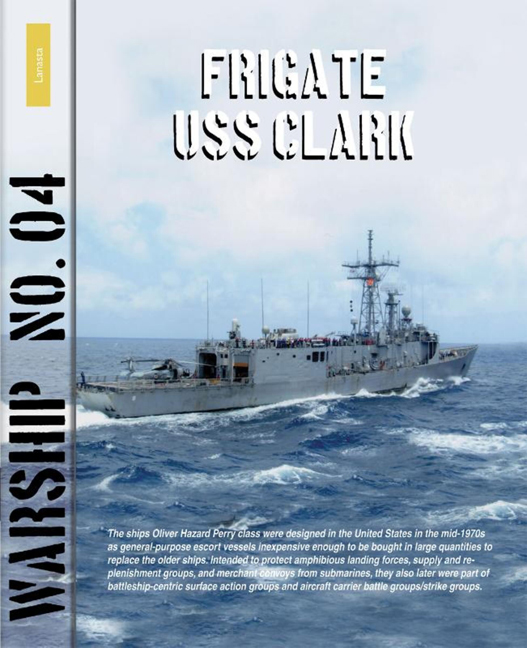Book contents
One Name, Two Ships and Two Admirals
Published online by Cambridge University Press: 03 April 2024
Summary
It is very rare with navies from all nationalities to have had two ships with the same name that were not named after the same person. It goes without saying that ships with the same name cannot serve with the same navy at the same time. That could lead to a lot of confusion. Normally ships are named after for instance naval heroes. After a number of years that ship is struck from the list so the name disappears. Sometimes, only many years later, but also in a continuous line a new ship is given the same name. If you look at the names given with different navies there is mostly quite a long time between two ships that carry the same name. This is also the case with the US Navy ships named Clark.
The then king Willem I decided that there would always be a ship with the name Van Speyk in the Dutch navy and this has been the case from that moment on. Sometimes a Van Speijk is struck from the list and immediately succeeded by a ship that allotted that name. More often an existing ship is rechristened.
As indicated above two ships in the US Navy carried the name Clark. These ships did not only sail in two different eras with totally different global situations but it is most particular that the ships were not named after the same person. Of course this book is about the second ship of this name but it is interesting to briefly discuss the first USS Clark.
In the 1930s, the United States Navy built two classes of flotilla leaders, the Porter class, and the Somers class. Due to the regulations of the London Naval Treaty, these 13 ships had a displacement of 1,850 tons, compared to the 1,500 tons of a “standard” destroyer. When the treaty ended with the outbreak of World War II in Europe in 1939, the much larger Fletcher class was constructed, making the differentiation irrelevant.
The national ensign consists of thirteen equal horizontal stripes of red (top and bottom) alternating with white, with a blue rectangle in the canton bearing fifty small, white, five-pointed stars. The stars represent the fifty states of the United States of America and the 13 stripes represent the thirteen British colonies that declared independence and became the first states in the Union.
- Type
- Chapter
- Information
- Warship 4Frigate USS Clark, pp. 2 - 48Publisher: Amsterdam University PressFirst published in: 2024

